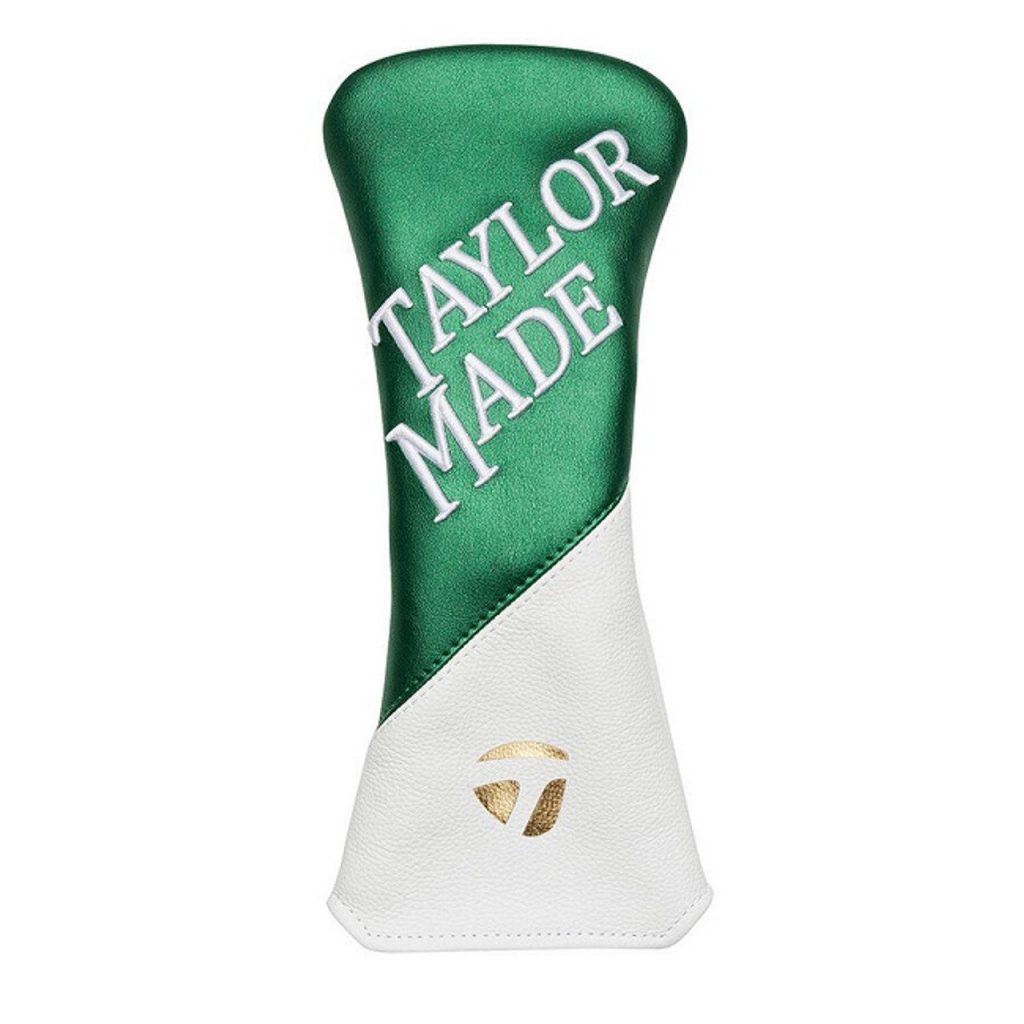How to Store Your Golf Clubs for Winter: Protecting Your Gear in the Off-Season
Winter might mark the end of your golf season, but it’s the perfect time to give your clubs some well-deserved care. Just as we bundle up for colder months, your golf clubs need a bit of TLC to withstand the off-season. Skipping this step can lead to rust, damage, and costly repairs come spring. Ready to store your golf clubs for winter the right way and ensure they’re in peak condition when the snow melts? Follow these essential steps to protect your investment and keep your clubs ready for action.
Key Points:
- Clean your golf clubs thoroughly—including clubheads, shafts, and grips—to prevent corrosion during winter storage.
- Store your clubs in optimal conditions with controlled temperature and low humidity, avoiding extreme temperatures and direct sunlight.
- Use headcovers to protect the clubheads from scratches and damage while they are in storage.
- Invest in a quality golf bag and storage solution, and perform routine checks during the off-season to keep your clubs in optimal condition.
Step 1: Clean Your Golf Clubs Thoroughly
A thorough cleaning is the foundation for proper storage. Dirt, moisture, and residue left on clubs can corrode and damage them over time.
- Clean the Clubheads: Fill a bucket with warm water and a bit of mild soap. Use a soft brush to scrub dirt and grass from the clubheads, especially around the grooves, to remove any residue.
- Wipe Down the Shafts: With a soft, damp cloth, wipe down the shafts to remove any dirt or moisture. Be especially vigilant with steel shafts, as leftover moisture can lead to rust.
- Check and Clean the Grips: Grips are prone to accumulating oils and sweat. Clean them with warm water and a little dish soap, then let them air dry. Inspect for wear and consider regripping if needed, as this can improve performance next season.

Related:
- Golf Book Club: Winter Reading List for Golf Enthusiasts
- 8 Golf Video Games On Steam To Get You Through The Winter
- The Golfer’s Winter Training Guide: Improve Your Game Indoors
Step 2: Find the Perfect Storage Conditions to Store Your Golf Clubs For Winter
When it comes to winter storage, where you keep your clubs is just as important as how you clean them. Golf clubs are built to withstand outdoor play, but prolonged exposure to extreme temperatures, humidity, and sunlight during the off-season can take a toll on their materials. By selecting the right storage environment, you can help prevent damage that could impact their performance and longevity.
- Controlled Temperature: Avoid places with extreme temperature fluctuations. Ideally, store clubs in a space that remains cool in the summer and above freezing in the winter, such as a basement or closet.
- Low Humidity: High humidity can cause rust, so avoid storing clubs in damp basements or garages. A dehumidifier is helpful if humidity is an issue.
- Keep Away from Direct Sunlight: Prolonged exposure to direct sunlight can damage materials on both clubheads and shafts.
Step 3: Use Headcovers to Protect the Clubheads
Using headcovers adds an extra layer of protection, particularly for woods and putters, which are more susceptible to scratches and damage. Headcovers prevent nicks, keep dust from accumulating, and guard against accidental impact damage, which is especially beneficial if your clubs are stored in a space where they might bump against other items. There are various types of headcovers to choose from, choosing a durable material—like leather or neoprene offers the best protection throughout the off-season
Read More!
- Winter Golf Guide: Tips for Playing on Open Courses
- 5 Ways to Improve your Golf Game this Winter: Winter Golf Practice
- Ladies Winter Golf Outfit Guide: What to Wear During the Winter Months
Step 4: Invest in a Quality Bag and Storage Solution
Choosing a quality golf bag and a dedicated storage area is essential for keeping your clubs organized and protected all winter. A well-made bag not only offers compartments to keep each club in place but also safeguards them from scratches and other damage that can occur during storage.
- Choosing the Right Bag: A sturdy golf bag with proper compartmentalization keeps clubs organized and prevents them from crowding each other, which can lead to scratches and dents over time.
- Bag Storage Options: Consider using a bag rack or storage rack to keep the bag upright, or designate a spot in your home for it to stand securely. Keeping the bag upright prevents unnecessary strain on club shafts and maintains the structure of your clubs.
- Avoid Overcrowding: Ensure that your clubs aren’t crammed together, as this can warp the shafts over time. A dedicated space helps prevent accidental bumps and keeps your clubs in top condition for when you’re ready to hit the course again.
Step 5: Perform Routine Checks During the Off-Season
Even when your clubs are stored away, occasional check-ins throughout the winter can ensure they stay in optimal condition. Conduct a mid-winter inspection to make sure your clubs remain in good shape, looking for any signs of rust, mildew, or moisture. If you spot any moisture, dry the clubs immediately and check for potential rust spots. Should rust appear, gently scrub it off with a steel wool pad to prevent further damage.
As winter draws to a close, give your clubs a final inspection for any signs of wear or damage. This is also the ideal time to plan a pre-season tune-up, such as regripping or a thorough cleaning, so your clubs are ready for action when golf season begins.
Before You Go!
- On The Range-Winter Golf
- Top Golf Bag Recommendations for Different Player Types
- Preparing Your Golf Equipment For Next Season: A Checklist
Final Thoughts
A little effort now can make a huge difference come spring. By following these steps to store your golf clubs for winter, you’ll set yourself up for a smooth start to the next season. Protecting your investment through proper storage means your gear will be as ready as you are to hit the course when the weather warms up.
Writer/Editor: Danny Kapp is a passionate golf enthusiast and an 9-year veteran golf blog writer for Rock Bottom Golf, offering his unique perspective on the game. With a keen eye for detail, he covers various aspects of golf, ranging from technical insights to the latest trends in golf equipment and golf technology.











Pingback: Do You Really Need All 14 Clubs? Build a Minimalist Golf Set
Pingback: Pro Golf Tips from the DP World Tour Championship
Pingback: Build the Perfect Holiday Golf Gift Bundle on a Budget